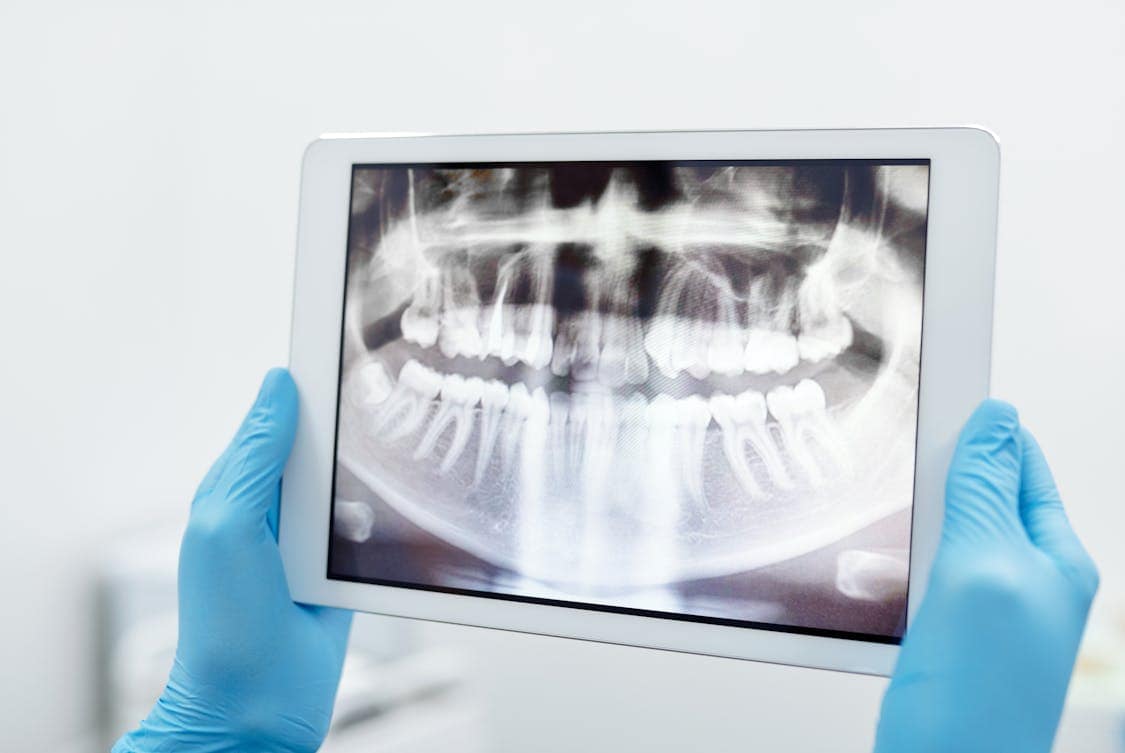A veneer consultation is the first concrete step toward changing how your smile looks and feels, and it often sets the tone for the work that follows. Expect a mix of clinical checks, visual planning, and a plain talk about options that make sense for your teeth.
The visit is part medical exam, part creative session, and part logistics meeting, where facts meet preferences. You’ll leave with a clearer picture of what the process entails and what your next steps might be.
What A Consultation Typically Entails
A typical visit begins with a warm welcome and a review of why you want veneers, followed by a quick look inside your mouth to spot any basic issues.
The dentist will take notes and explain the workflow so you get a sense of timing, tests, and treatments that could be needed. This sets expectations and makes the plan feel less abstract.
How To Prepare For The Appointment
Bring a list of questions, any prior dental records, and photos if you have them, and arrive with a full list of current medications and health issues.
If you have specific smile photos or examples you like, print or save them on your phone to share; visual cues speed up design talk. A little prep helps the team match aims to achievable results.
Medical And Dental History Review
Your clinician will check your general medical record and past dental treatments since health influences oral procedures and materials. Informing them of allergies, heart conditions, or medications can alter the plan, and the dentist will note anything that might need extra care.
This step is about safety and setting realistic expectations for healing and timing.
Oral Health And Bite Assessment
Before cosmetic work begins, your gums, teeth, and bite must be stable; untreated decay or gum disease will likely be addressed first.
The clinician may probe gums, assess tooth wear, and ask you to bite down so any alignment issues are noticed. A sound foundation improves outcome and can reduce future surprises.
Digital Imaging And Smile Simulation
Many practices use intraoral scans, photos, and software to simulate how veneers might change your smile, so you get a visual preview rather than only verbal description.
Seeing a mock-up helps you tweak shape, length, and symmetry and provides a reference for lab work or 3D-printed models. The tech side bridges imagination and reality.
If you’re curious about convenient, custom-fit removable veneers that offer an instant smile upgrade without permanent dental work, read more.
Shade Matching And Color Choices
Color selection is more than picking a shade off a chart; it involves skin tone, tooth translucency, and how bright you want your smile to be in natural light.
The team will show samples and may place trial materials near your teeth to fine-tune the match, then note how light and shadow affect perceived color. Expect a short back-and-forth until the shade feels right.
Impressions, Scans, And Records

The practice will capture accurate models of your teeth using digital scans or traditional impressions so the lab can make precise veneers that fit well and look natural. These records also serve as a baseline to compare progress and to craft temporaries if needed. Good records shorten errors and speed the fitting process.
Material Choices And Tradeoffs
Veneers come in a range of materials from highly translucent ceramic to more durable porcelain variants, each with tradeoffs in feel, strength, and cost. The dentist will explain how a given material behaves under chewing forces and staining challenges, and how that matches your lifestyle.
Weighing pros and cons is part of picking what fits your needs.
Expected Longevity And Care
Veneers can last many years when you keep up with hygiene, avoid hard bites on veneers, and attend routine visits; the clinician will outline daily care habits and check-up intervals.
They might recommend simple changes to protect the investment, like a nightguard if you grind your teeth. Clear maintenance tips help keep the result steady over time.
Cost Estimates And Payment Options
You’ll get a detailed estimate that breaks down lab fees, office fees, and any preparatory treatments, so there are no big surprises down the road.
Some clinics offer payment plans or financing, and the staff can walk through options to spread the cost into manageable chunks. Knowing the numbers lets you plan without guesswork.
Timeline From Consultation To Placement
The timeline might include preliminary treatments, digital planning, lab fabrication, and fitting appointments, and the dentist will map those steps on a calendar so you can plan around work or travel.
Some practices offer quicker routes with same-day crowns or veneers using in-office milling, while other workflows take longer but offer more hands-on lab finesse. The schedule usually reflects the chosen technique and materials.
Factors That Can Affect Results
Preexisting wear, bite habits, and prior restorations can change the course of treatment and may require extra steps such as minor orthodontics, gum work, or replacement of old crowns.
The clinician will point out potential bumps in the road and suggest ways to reduce risk so the final set of veneers behaves predictably. Being aware of these elements reduces later disappointment.
Questions To Ask Your Dentist
Good questions include asking to see before-and-after photos of similar cases, inquiring about the lab that will fabricate your veneers, and checking warranty or repair policies; these make the decision clearer.
Ask how many visits are needed and what happens if a veneer chips or discolors later on. Clear, direct questions will bring practical answers that matter for day-to-day life.
What To Expect At Your First Follow-Up
After initial impressions or temporaries are fitted, you may come back for minor adjustments and a final fitting, during which bite and esthetics are confirmed under regular conditions.
The team will check for comfort, fit, and how the veneers respond to different facial expressions. Small tweaks at this stage prevent larger fixes later.
Each section above is meant to mirror the thought process that takes place in a consultation: observe, plan, test, and decide. The experience mixes science and style, so it helps to keep an open mind, ask plain questions, and pay attention to how proposals align with everyday life.













